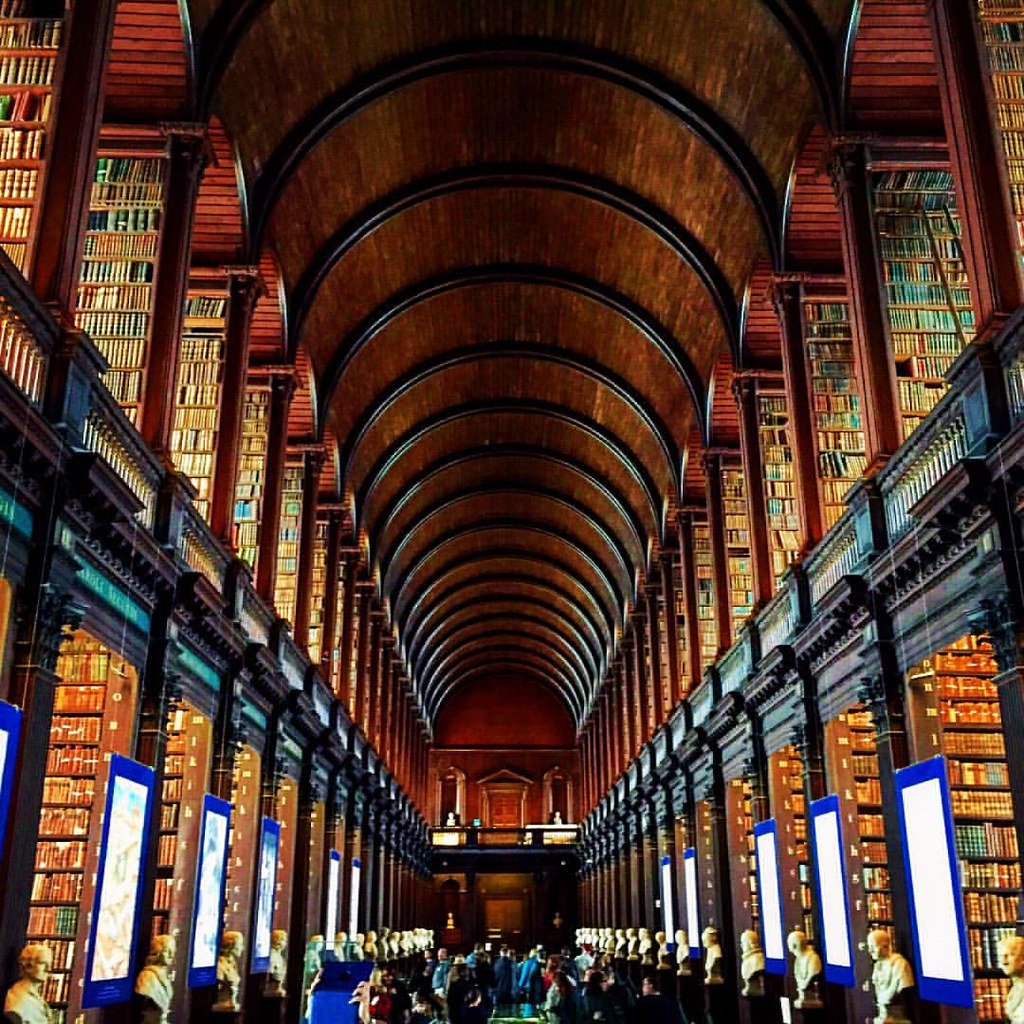Macau, China

Here is a quick overview of the history of Macau:
• Macau was first inhabited by Austronesian people around 6,000 years ago. They established fishing villages along the coast.
• In the 16th century, the Portuguese colonized Macau and established it as a trading post in 1557. It became an important stopover for Portuguese traders traveling between Europe and Asia.
• In the 17th and 18th centuries, Macau grew into a major trading hub for goods like silk, porcelain, and spices. It attracted many Portuguese, Chinese, Indian, and European settlers.
• In the 19th century, Macau became a popular gambling destination, in addition to being a trading port. Many casinos and luxury hotels were built, especially in the Taipa Houses area.
• Macau was occupied by Japan during World War II from 1941 to 1945. After the war, it returned to Portuguese rule.
• Portugal ruled Macau for over 400 years until 1999. In 1987, Portugal and China agreed to handover Macau to China in 1999.
• Macau was formally handed over to China on December 20, 1999, becoming a special administrative region of China. It has a high degree of autonomy under the “one country, two systems” framework.
• Today, Macau is a popular gambling hub and tourist destination, in addition to being a financial and trade center. It has a unique Portuguese colonial heritage and culture.
• Macau’s economy has grown rapidly since the handover to China.
Here are the top tourist attractions in Macau along with details:
• A-Ma Temple, the oldest temple in Macau dedicated to the sea–goddess Mazu. Website: www.a-ma.org.mo Hours: 8am-6pm daily. Free admission.
• Ruins of St. Paul’s, the remains of a 16th-century Portuguese cathedral. Website: www.whc.unesco.org/en/list/1203 Hours: 9am-5:30pm daily. Free admission.
• Macau Tower, 338m tall observation tower with skywalk, bungee jump and revolving restaurant. Website: www.macautower.com.mo Hours: 9:30am-11pm daily. Admission: MOP$50–100 depending on activities.
• Avenida da Praia, Macau’s popular beachfront promenade lined with restaurants, bars and hotels. Website: www.macautourism.gov.mo Open 24 hours. Free admission.
• Mandarin’s House, a traditional Chinese residential complex with courtyards and halls. Website: www.whc.unesco.org/en/list/1203 Hours: 10am-6pm Tue-Sun. MOP$5 admission fee.
• Cotai Frontier, a huge casino and entertainment complex with hotels, casinos, restaurants, bars, nightclubs and a huge LED screen. Website: www.venetianmacao.com Open 24 hours. Casino admission age limit 21, some attractions may charge admission fees.
• Museum of Sacred Art and Crypt, showcases religious art and artifacts of Catholicism. Website: www.msac.org.mo Hours: 10am-6pm Tue-Sun. MOP$5 admission fee.
• Leal Senado Building, the oldest European building in Macau housing government offices and the Instituto Cultural. Website: www.icm.gov.mo Hours: 9am-6pm Mon-Sat. Free admission to the courtyard and lobby.
• Fortaleza do Monte, an old Portuguese fort providing great views of the city skyline and harbor.
• Venetian Macao, one of the largest casinos in the world with amazing architecture, gondola rides, and entertainment.
• Taipa Houses Museum, showcasing traditional Portuguese houses and architecture.
• St. Dominic’s Church, a historic church featuring a mix of Portuguese and Chinese architectural styles.
• St. Anthony‘s Church, a Catholic church with a neoclassical facade and interior.
• Moorish Barracks, a military building with a unique mix of Portuguese and Islamic architectural elements.
• Coloane Village, a laid-back village on Coloane Island with seafood restaurants, hiking trails, and beaches. It offers a glimpse into old Macau life.
The currency used in Macau is the Macanese Pataca (MOP).
• The currency code for MOP is MOP.
• 1 MOP is subdivided into 100 avos.
• MOP is not freely convertible and is pegged to the Hong Kong dollar at a fixed exchange rate.
• Coins come in denominations of 1, 2, 5, 10, 20 avos and 1, 2, 5 MOP.
• Banknotes come in denominations of 10, 20, 50, 100, 200, 500, 1000 MOP.
• Macau’s currency is not widely used outside of Macau. It is mainly used within Macau and for transactions with Hong Kong.
• The MOP is not part of the Eurozone and Macau does not use the Euro.
Macau has a tropical monsoon climate.
• Macau has a hot and humid climate year-round. Summers are long, hot and humid, while winters are short and mild.
• Macau’s climate is influenced by the tropical monsoon winds. The monsoon winds bring hot and humid air from the sea during summer, and cooler air from the mainland during winter.
• Summer temperatures average around 82 F or 28 C, with high humidity. The summer rainy season is from May to September.
• Winters are short and mild, with average highs of 64 F or 18 C and lows of 50 F or 10 C. January is the coolest month.
• Macau gets a lot of rainfall, especially during the summer. The annual rainfall averages around 77 inches or 1950 mm.
• Typhoons frequently affect Macau, especially from August to October. Macau averages about 3 to 4 typhoons each year.
Macau International Airport (MFM) is the main airport in Macau. It is located on Taipa Island in the Cotai region. It handles most of the passenger and cargo traffic to and from Macau. Major airlines that fly to Macau International Airport include Air Macau, Cathay Pacific, Singapore Airlines, etc.
Heliports in Macau include:
• Macau Heliport – This is a small heliport located in Coloane Village. It handles some helicopter tours and charter flights to Macau. It is mainly used for sightseeing and tourism purposes.
• Taipa Héliport – This heliport is located in Taipa, next to Macau International Airport. Like the Macau Heliport, it is also mainly used for helicopter tours and charter flights catering to visitors and tourists.
• Coloane Village Heliport – This heliport is located in Coloane Village, on Coloane Island. It handles some helicopter tours and sightseeing flights providing views of Coloane Island and surrounding areas.
• Seac Pai Van – This heliport is located on Coloane Island, near Seac Pai Van beach. It is used for helicopter tours and charter flights providing views of Coloane Island and South China Sea.
Macau has several options for local transportation:
1. Public buses – Macau has an extensive bus network covering the entire city. The buses are frequent, affordable and run from early morning until late at night. There are bus routes connecting all major areas in Macau like A-Ma Temple, Ruins of St. Paul’s, Senado Square, etc.
2. Light rail – Macau Light Rail is a modern light rail system that connects many parts of Macau Peninsula. It is a fast, comfortable and eco-friendly mode of transport.
3. Taxis – Taxis are also readily available in Macau. They are metered taxis and charge by distance. Taxis can take you anywhere in Macau.
4. Ferries – There are ferry services connecting Macau to Hong Kong and Zhuhai. The ferry ride offers great views of the Pearl River Delta.
5. Cable cars – Macau Cable Car is a scenic way to get around, especially for sightseeing. It connects Taipa Hill to Coloane Village.
6. Bike sharing – Macau now has a public bike sharing system with over 100 bike sharing stations across the city. It is an affordable and eco-friendly way to explore Macau.
7. Private buses – In addition to public buses, there are also private bus companies operating bus routes in Macau with air conditioning and more comfortable seats. Fares are slightly higher than public buses. 8. Tram – Macau Tram is a historic tram system running on a 2.7 km route between Taipa Hatch and Coloane Village. It is mainly used by tourists and locals for sightseeing.
Coming Soon!
Coming Soon!
Coming Soon!
Here are some popular day trips from Macau:
• Coloane Village and Hac Sa Beach – Coloane is a small island south of Macau with a laid-back village atmosphere and secluded beaches. Hac Sa Beach is a popular beach getaway. Distance: About 30 minutes by ferry from Macau. Cost: Ferry ride is around $2-3 USD each way.
• Zhuhai and Cotai – The city of Zhuhai is just across the border from Macau, with shopping malls, hotels, and attractions. Cotai is the strip between Macau and Zhuhai with massive casino resorts. Distance: 30–45 minutes by bus or taxi. Cost: Bus fare is $3-5 USD. Taxis start around $50-70 USD each way.
• Taipa Houses Museum and Ruins of St. Paul‘s – This museum showcases the architecture of Taipa, an island town in Macau. It includes the ruins of St. Paul’s College, a historic Catholic church. Distance: About 15 minutes from Macau Peninsula. Cost: $5 USD admission fee to the museum. Website: www.macautourism.gov.mo/en/taipa-houses-museum-and-ruins-of-st-pauls/
• A-Ma Temple – The oldest temple in Macau, dedicated to the sea–goddess Mazu. It’s a historic site and cultural landmark. Distance: In central Macau, very close to most hotels and attractions. Cost: Free to enter the temple. Website: www.macautourism.gov.mo/en/a-ma-temple/




